Although Burgas is not considered the most popular resort in Bulgaria, rest here is no worse than in other parts of the coast. The city has a couple of equipped beaches, many hotels for every taste and quite interesting sights.
Every year Burgas hosts several international festivals dedicated to theater and music. From April to September, the city turns into the cultural capital of the country, which attracts travelers from all over Europe.
First of all, tourists will be interested in visiting the Archaeological and Ethnographic Museums, Seaside Park, ancient Roman and Thracian settlements. It is also worth taking a boat trip to the island of St. Anastasia and in the evening walking along the picturesque city pier.
What to see and where to go in Burgas?
The most interesting and beautiful places for walking. Photos and a short description.
- Seaside park
- Central Beach
- Sand Sculpture Festival
- Zero kilometer
- Archaeological Museum
- Ethnographical museum
- Burgas Opera House
- Cathedral of Saints Cyril and Methodius
- Armenian Church Holy Cross
- Ruins of ancient Deultum
- Hillfort Akve Kalide
- Peacock Farm Burgas
- Nature Reserve Poda
- Saint Anastasia Island
- Lakes of Burgas
seaside park
The park stretches along the Black Sea coast for 7 km. On its territory there are observation platforms, well-groomed flower beds, walking alleys and fountains. You can go down the stairs to the sea itself. The park has everything for a pleasant pastime: bike paths, comfortable benches, playgrounds, cafes, a summer theater, a mini-zoo and even a casino. Among the numerous monuments there is a monument dedicated to A. S. Pushkin.
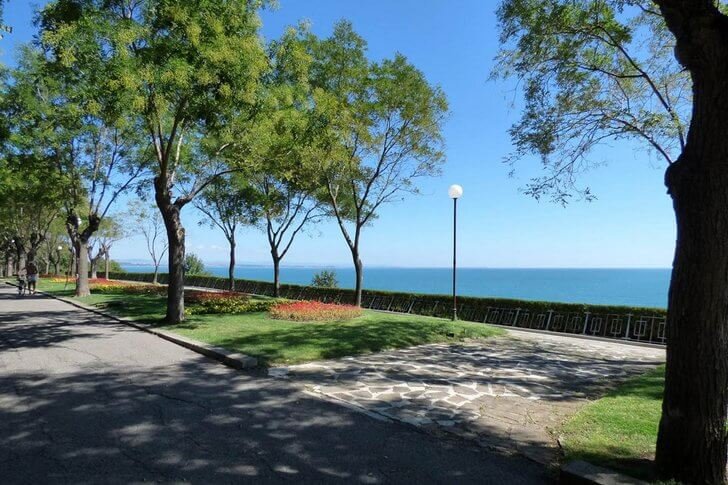
Central Beach
The beach is located near the Seaside Park. The sand here has a pleasant yellowish tint, and the water is almost always clear, despite the proximity of the port. There is also a well-known pier throughout Europe - a favorite place for romantic evening walks. Pleasure boats moor here and you can often see fishermen sitting with a fishing rod.

Sand Sculpture Festival
Since 2008, a festival has been held in Burgas, during which visitors can look at bizarre sand figures created by participants from different countries. Each time the exhibition is dedicated to a certain topic: fairy-tale characters, famous personalities, movie heroes or animals. To create compositions, an incredible amount of sand is brought to the site.

Zero kilometer
A compass-shaped mark that accurately determines the geographic center of the city. She appeared in 2011 and immediately fell in love with the residents. They affectionately nicknamed the zero kilometer "the navel of the city." The attraction is located on the street. Alexandrovskaya. It is a plate with a relief ornament. All distances to any place in Burgas are counted from the zero kilometer.
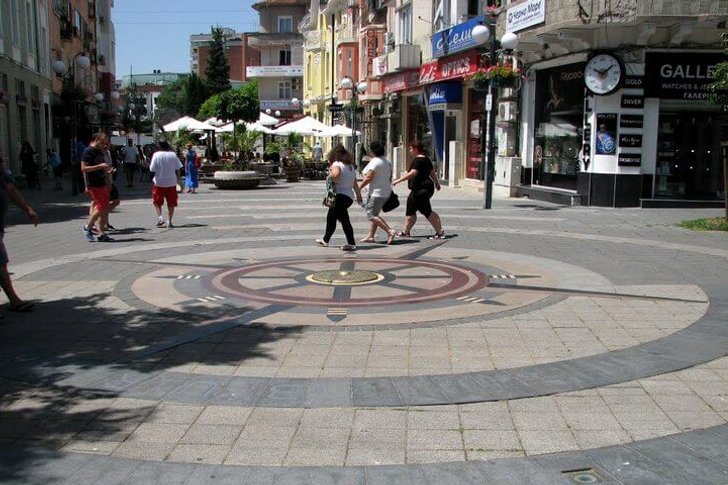
Archaeological Museum
The exposition is located in the building of the former gymnasium, built at the end of the 19th century according to the design of the Swiss master H. Mayer. The collection contains artifacts relating to the Thracian, Roman and Greek periods of the city's history. The most valuable exhibits are the statue of Apollo from the ancient settlement of Antiy and the tomb-dolmen of the 13th century BC, found in the vicinity of the Burgas Bay.

Ethnographical museum
The museum collection is housed in a picturesque mansion of the 19th century, which in itself is of considerable historical and cultural value. The exhibition consists of handicrafts, national costumes and other interesting items. During the holiday season, museum staff arrange master classes for visitors to learn traditional crafts.
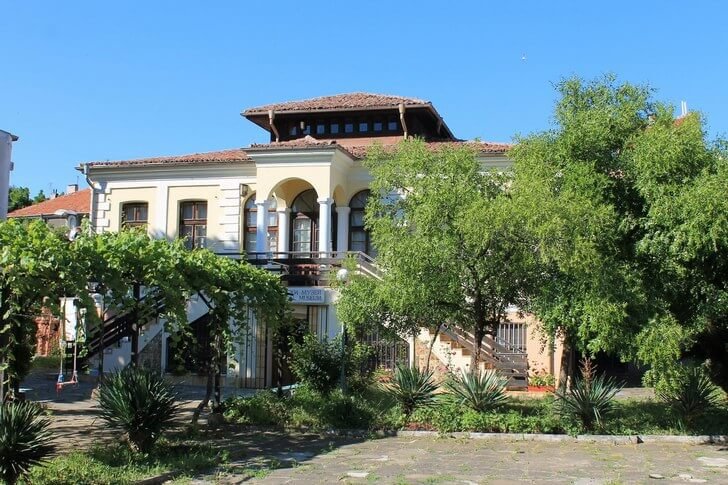
Burgas Opera House
A stage where musical performances and concerts take place. It is considered the cultural center of Burgas and annually receives a huge number of tourists. The theater troupe actively participates in festivals and cultural events. Among them are the Classical Music Festival in April, the July Opera Festival, the Arts Week in August. During the season, the theater hosts up to 6 premiere productions.
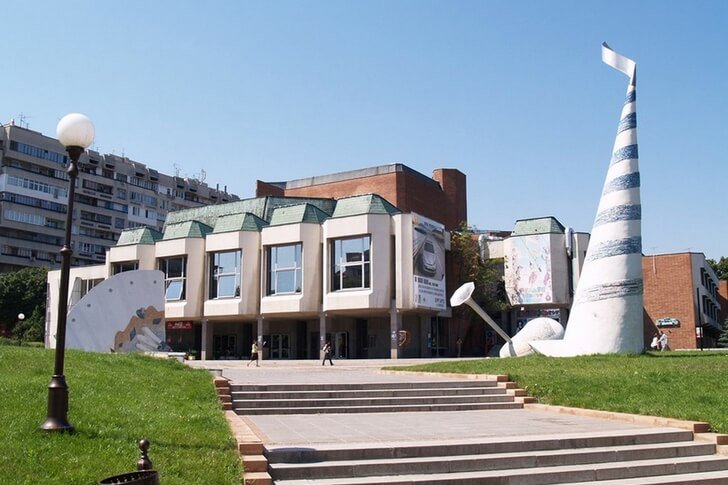
Cathedral of Saints Cyril and Methodius
The temple was erected at the end of the 19th century to replace the old wooden church. The construction was carried out on donations from the residents of the city. The project was developed by the Italian architect R. Toscani. Apparently, therefore, some elements of the building are more typical for European Catholic churches than for an Orthodox cathedral. However, the features of the Byzantine style are clearly traced in the outline of the dome.
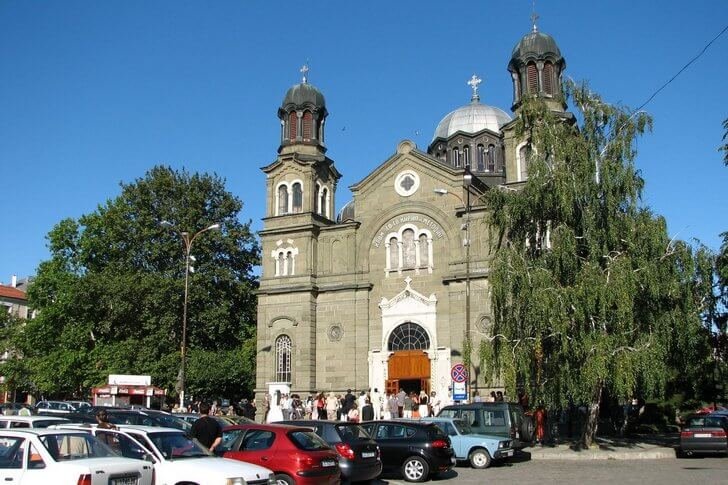
Armenian Church Holy Cross
The church was erected in 1853, as evidenced by the inscription on its wall. However, according to some documents, the building appeared in 1808. During the Russian-Turkish war, Bulgarian and Russian soldiers were buried in this temple. Today it is the spiritual center of the Armenian community not only in Burgas, but throughout the region. The building was included in the list of cultural monuments in 1970.
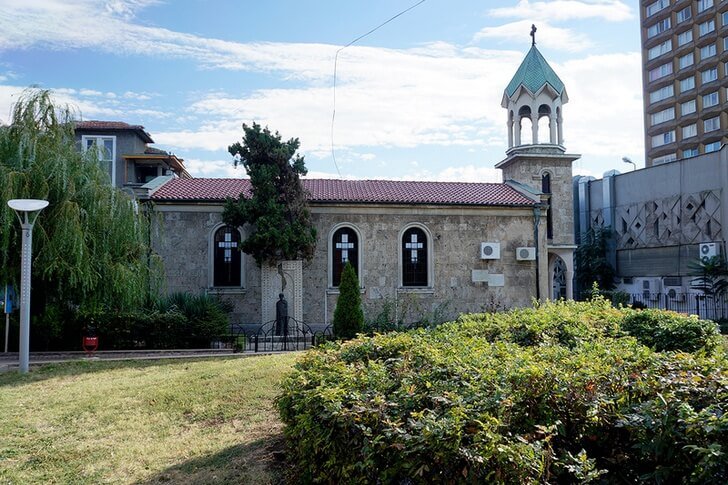
Ruins of ancient Deultum
The ruins of a settlement from the time of the Roman Empire, located 17 km from Burgas. A colony on this site was founded under the emperor Vespasian. Over the years, the settlement has developed into one of the richest cities in the region. Deultum existed until the 14th century, after which it fell into decay and was no longer mentioned in the sources. Artifacts found on the territory of the former colony are exhibited in the archaeological museum.
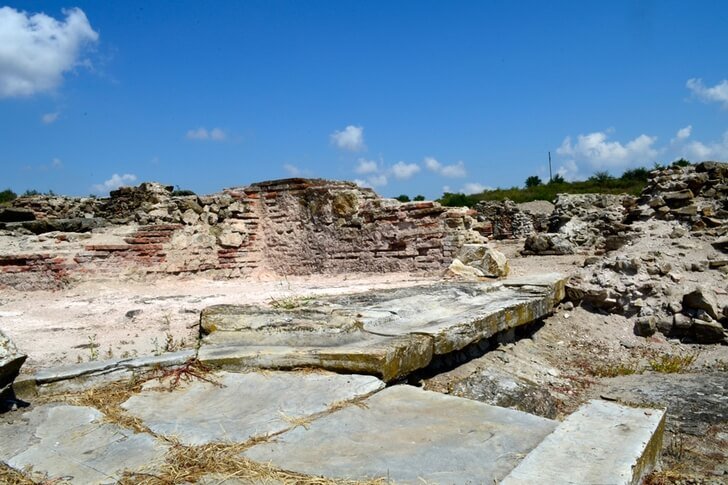
Hillfort "Akve Kalide"
The settlement is a fortified Thracian settlement. In ancient manuscripts, it is referred to as Thermopolis (Therma). The place is famous for its hot mineral springs. Philip of Macedon, Emperor Justinian and Suleiman the Magnificent managed to visit Aqua Calida. Even under the Thracians, a temple stood on the territory of the settlement, which attracted pilgrims from distant lands.

Peacock Farm Burgas
The peacock farm is home to several dozen of these magnificent birds. Tourists are happy to come here on excursions to admire the plumage and observe the habits of birds. Despite the fact that breeding peacocks is a rather laborious process, the owner of the farm copes with it well. The birds look happy and well-groomed, as they are kept in almost ideal conditions.

Nature Reserve Poda
The protected zone is located south of Bourgas. It was created in order to preserve the population of birds that are used to nesting in these places. Pelicans, herons, cormorants, sandpipers and other species live in the reserve. At certain times, thousands of storks fly here - they use the local swamps as a transit point on the way from Europe to Africa.
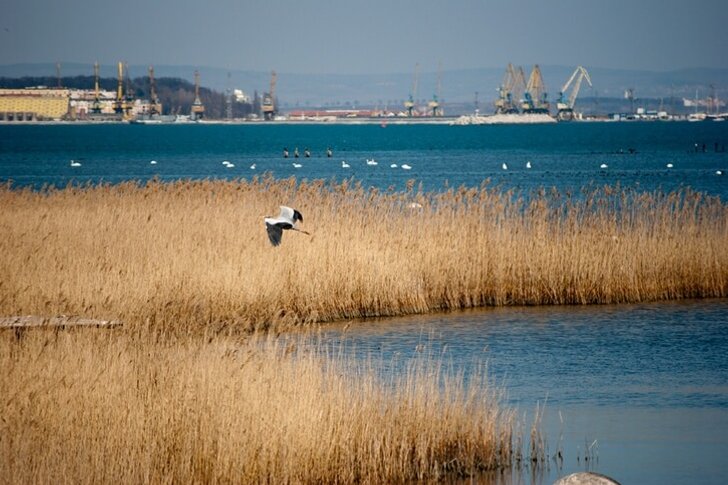
Saint Anastasia Island
An island in the Bourgas Bay, located 6 km from the coastline. Its territory is divided by the Orthodox Church (it owns a temple with a lighthouse) and a private company that owns a hotel and a restaurant. There is a lighthouse on the island. It is believed that in the 15th century there was a monastery here. Recently, the island has been developing as a tourist attraction. People come here to breathe fresh air and admire the endless expanses of the sea.

Lakes of Burgas
In the vicinity of the city there are three picturesque lakes: Burgasskoe, Atanasovskoe and Mandra. The first is considered the largest natural body of water in Bulgaria. It is separated from the sea by a narrow sandy spit. The second is distinguished by a rich variety of fauna and a high concentration of salt in the water. The third is a freshwater reservoir, part of its territory is occupied by the Poda bird sanctuary.
